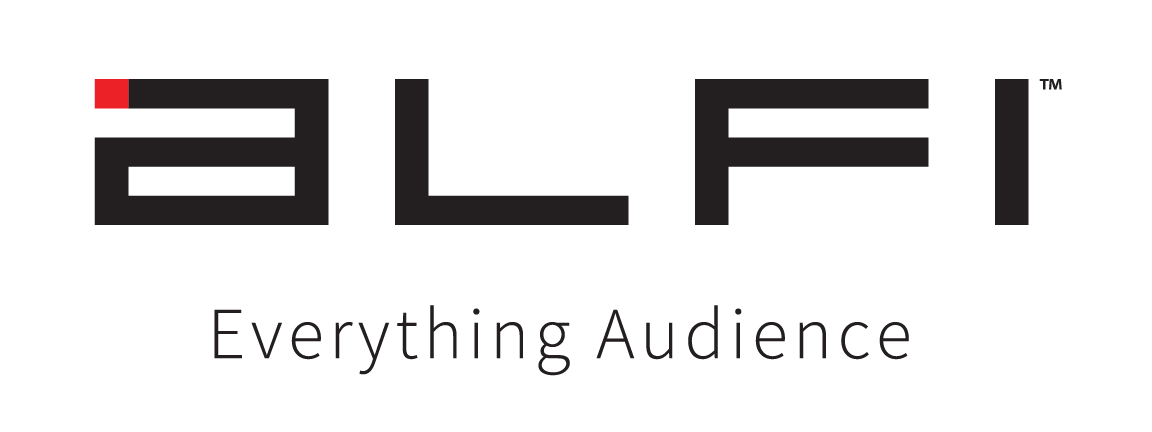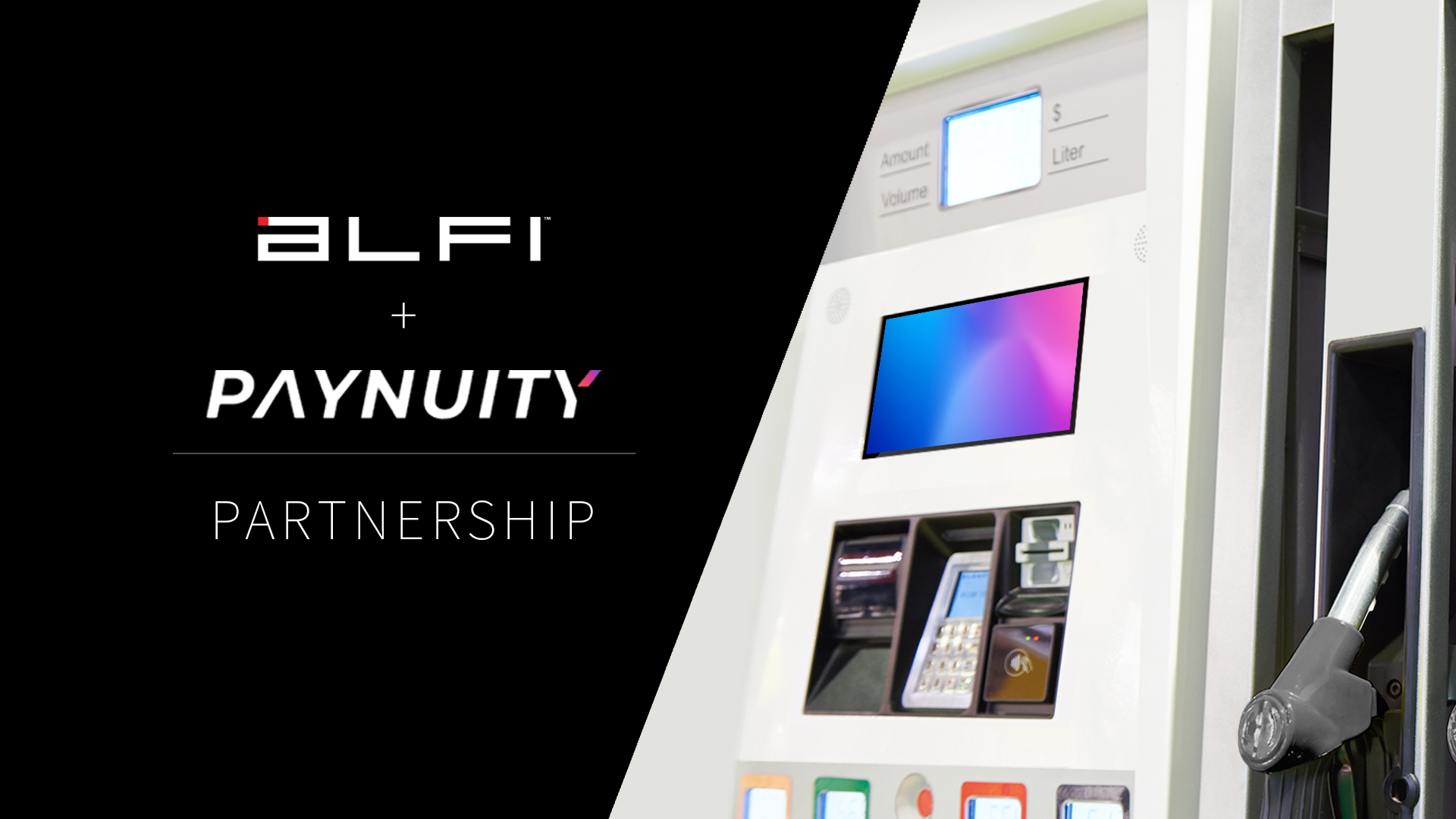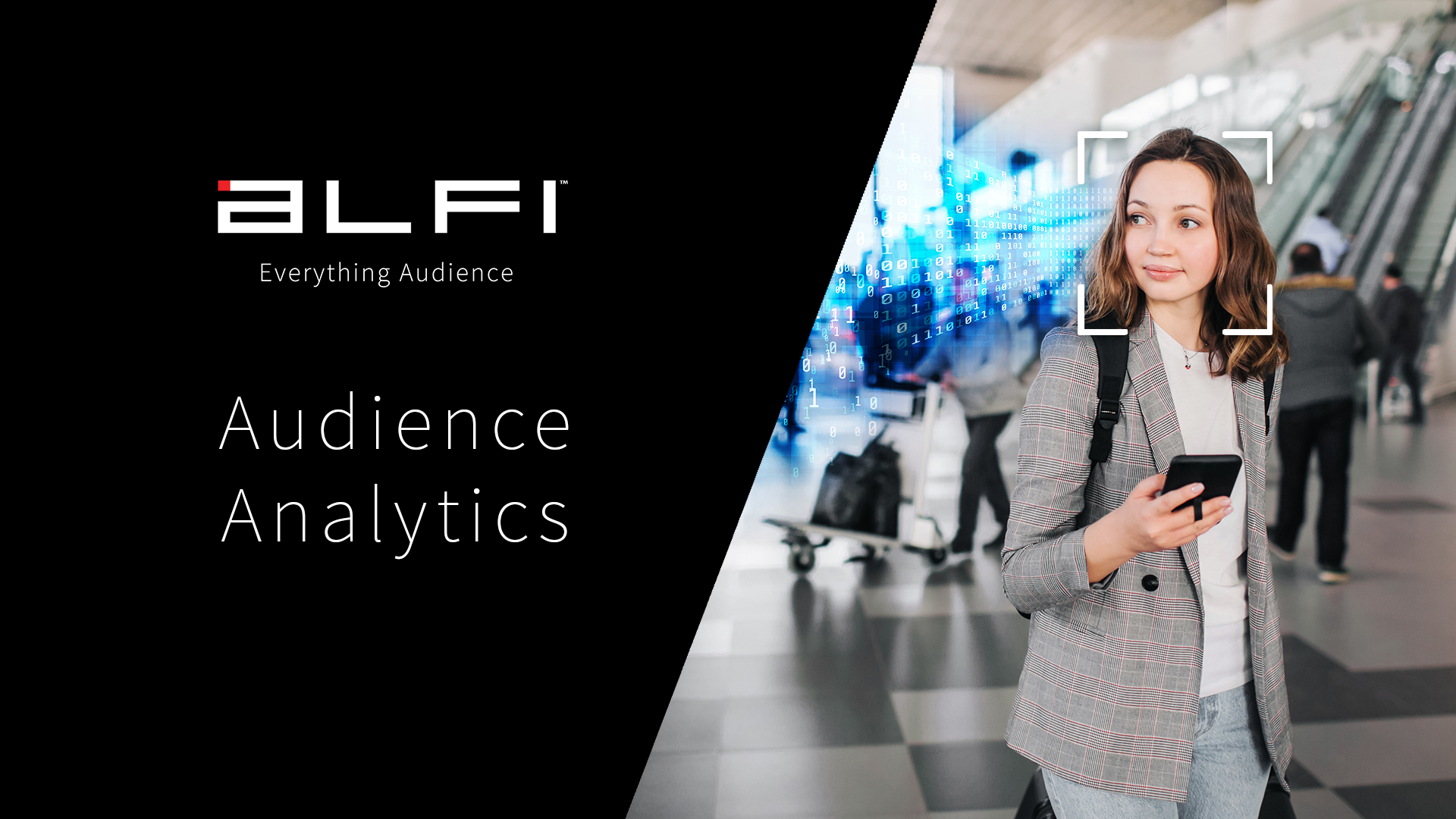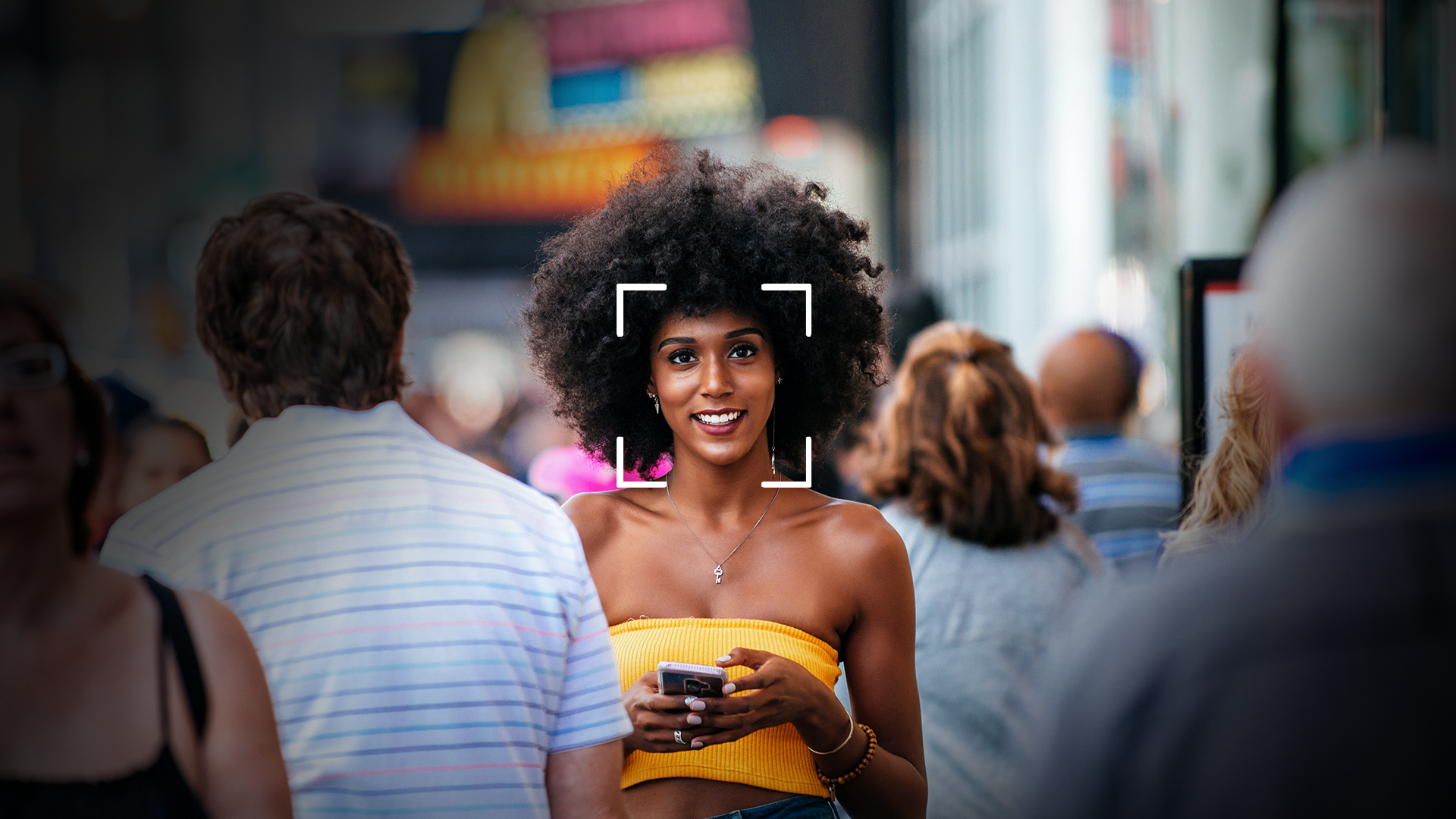The use of QR codes increased dramatically during the pandemic, predominantly to make processes contactless and safer for consumers. Today, they’ve become the preferred method of interacting with retailers, restaurants, transportation hubs, and more. In fact, new research from Alfi (NASDAQ: ALF), an AI enterprise SaaS advertising platform, reveals close to 98% of global senior advertising executives see potential in the use of QR codes in Digital Out of Home (DOOH) campaigns, and that it will facilitate huge growth in the advertising and marketing sector.
Furthermore, when looking at different tiers of consumers and their individual requirements for immersive and authentic experiences, 99% of senior advertising executives believe advertisers looking to successfully target Gen-Z must leverage QR codes. As early adopters of QR code technology, this generation is very familiar with scanning codes on their smartphones through popular applications such as Snapchat’s SnapCode and Instagram’s Nametags.
By using QR codes in DOOH advertising, brands can measure exactly how impactful their campaigns are, as QR codes serve as excellent first-party data sources and are accessible instantly — a feature close to 90% of senior advertising executives believe will become more important over the next two years. Additionally, 92% agree that greater use of QR Codes for DOOH advertising provides brands and DOOH companies with data to conceptualize personalized and engaging content for consumers.
“QR codes allow advertisers to pivot from traditional content to out-of-home content that actually elevates the consumer’s experience, and drives measurable traffic and transactions. The bridge that connects the moment a consumer interacts with an ad to the instant they transfer that experience over to their smartphone is the impression advertisers are actually looking for,” said Peter Bordes, Interim CEO, Alfi. “ALFI is already in conversations with brands looking to marry QR code technology with our DOOH technology in rideshares to organically collect and understand consumer shopping habits and behaviors in controlled environments.”
“In our fast-growing Digital Out of Home Ad Space, the increased use and availability of QR codes is benefitting brands and delivering increasingly high levels of consumer engagement with screens,” said Barry Frey, President & CEO, DPAA, the leading global trade marketing association.
Advertising executives are in fact increasingly analyzing the effectiveness of their campaigns in controlled settings, and the increase in the use of touchless technology in the space, which is leading them to prepare for a huge push around QR codes over the next two years, according to the research. Senior advertising executives ranked immersive experiences, exclusive video content, touchless payment solutions, and simpler online shopping as the top four key uses of QR codes in the DOOH advertising industry over the next two years.
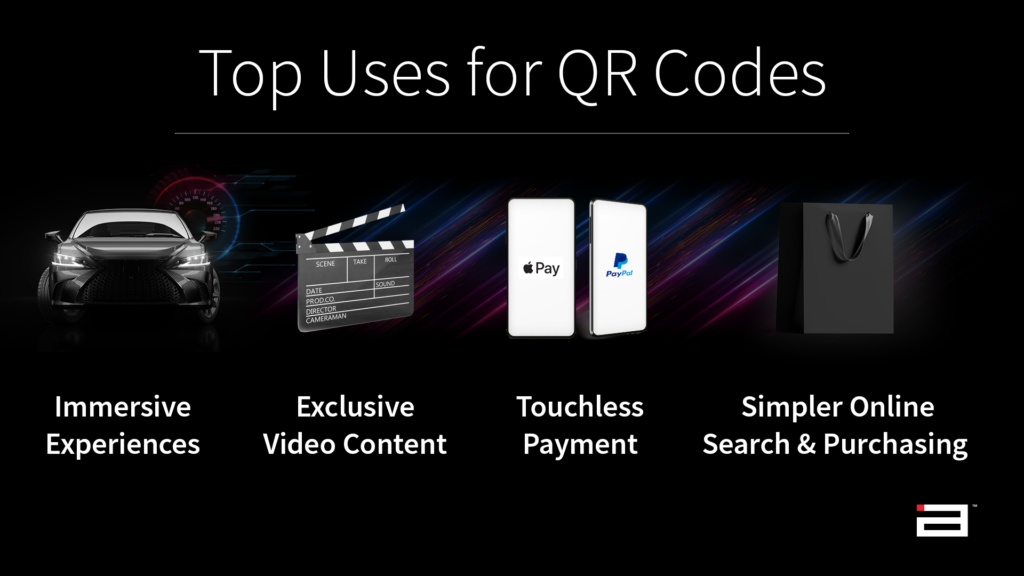
The use of QR Codes in DOOH advertising also proves to be the closest proximity to a variety of retail points of purchase such as at shopping malls and is ideal for influencing the consumer at the right place and time — dramatically improving the measurement of an ad’s performance and effectiveness in real time. It can also improve interactivity, which nearly 97% of senior advertising executives say will lead to greater creativity in DOOH advertising.
“The customer experience is immediately enhanced after a QR code is scanned – proving once again the DOOH market is poised to exceed expectations,” said Ron Spears, Chief Revenue Officer, Alfi. “The DOOH market is expected to be worth $50.42 billion USD by 2026 – and the start of QR code use after the Super Bowl is just a taste of how DOOH campaigns with QR codes will lead the way brands reach consumers on the go and continue to connect with younger, digitally savvy generations.”
Methodology
Commissioned by Alfi, PureProfile, a global research company, conducted 100 interviews amongst senior advertising professionals from across the U.S., U.K., Canada, Australia, France, Germany, and the UAE. Interviews were conducted online in February 2022.
